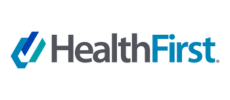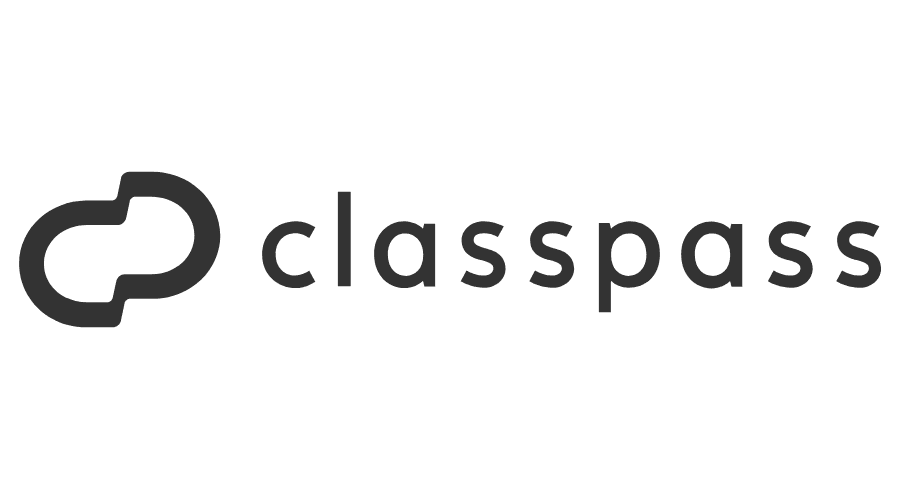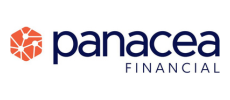NIH Issues Research on Using Dental Floss to Deliver Vaccines
Per the notice below, the National Institutes of Health (NIH) has issued research on using dental floss to deliver vaccines.
Floss-based vaccine shows early promise
At a Glance
- Researchers found that a dental floss-based vaccine stimulated strong immune responses in mice against influenza.
- Floss picks coated with a dye also successfully delivered the dye to gum tissue in people.
- Floss-based vaccines may one day offer a simple, needle-free way to protect against a wide range of viral infections.
Vaccines are one of the best ways to protect against infectious illnesses, from influenza to shingles. Most vaccines are given in the form of one or a series of shots. While injectable vaccines are generally safe and effective, there’s interest in exploring needle-free alternatives. Earlier studies have suggested the mouth could be a good place for delivering vaccines. Vaccines delivered to the mouth might trigger immunity not only in the bloodstream but also in the mucosal tissues that line our body surfaces. Those surfaces are where viruses often enter. But attempts to deliver vaccines to the cheeks or under the tongue have had mixed results. In a new study, researchers led by Dr. Harvinder Singh Gill at North Carolina State University wanted to test the potential for a vaccine delivered instead to the gums. They focused on the gingival sulcus, the tiny groove between the teeth and gums. The base of the gingival sulcus has a thin lining of tissue called the junctional epithelium. Because the junctional epithelium is leakier, or more permeable, than other tissues, they thought it might be possible to deliver an effective immune-boosting vaccine there using dental floss. Their findings appeared in Nature Biomedical Engineering on July 22, 2025. The scientists coated flat tape dental floss from a local pharmacy with a variety of vaccine molecules and used it to floss the tiny teeth of mice in the lab. They found that the compounds, including peptides, proteins, and inactivated influenza viruses, successfully transferred into gum tissue. Floss coated with the influenza virus stimulated immune responses and the production of antibodies in the mice. The researchers saw strong immune activity in multiple organs, plus antibodies in the bloodstream as well as the mucosal surfaces. The team next tested whether the influenza vaccine protected mice from otherwise fatal infection with influenza. The floss-based vaccine fully protected the mice. It stimulated immunity better than a vaccine delivered under the tongue and about as well as one delivered into the nose.
“We found that applying vaccine via the junctional epithelium produces far superior antibody response on mucosal surfaces than the current gold standard for vaccinating via the oral cavity, which involves placing vaccine under the tongue,” says Rohan Ingrole at Texas Tech University, the study’s first author. “The flossing technique also provides comparable protection against flu virus as compared to the vaccine being given via the nasal epithelium.”
“This is extremely promising, because most vaccine formulations cannot be given via the nasal epithelium—the barrier features in that mucosal surface prevent efficient uptake of the vaccine,” Gill explains.
To test whether a similar approach might work in people, the researchers coated off-the-shelf floss picks with fluorescent dye and tested them in 27 people. They found that the picks successfully delivered dye into the junctional epithelium. A survey of the participants suggested that the floss pick was well-received. Floss-based vaccines could be a promising and practical alternative to injectable vaccines. Needle-free and painless, they would require little preparation and wouldn’t need refrigeration, potentially making them cheaper and easier to distribute. More study is needed to see how well they stimulate an immune response in people and whether they could be used in those with gum diseases. The researchers note it’s also unclear whether the approach would work in young children who don’t yet have teeth.
—by Kendall K. Morgan, Ph.D.
Related Links
- Building a Better Flu Vaccine
- Microneedle Coronavirus Vaccine Triggers Immune Response in Mice
- Progress Toward Universal Vaccines
- Vaccines
- Influenza
References
Floss-based vaccination targets the gingival sulcus for mucosal and systemic immunization. Ingrole RSJ, Shakya AK, Joshi G, Lee CH, Nesovic LD, Compans RW, Gill HS. Nature Biomedical Engineering. 2025 Jul 22. doi: 10.1038/s41551-025-01451-3. Epub ahead of print. PMID: 40696115.
Funding
NIH’s National Institute of Allergy and Infectious Diseases (NIAID) and National Institute of Dental and Craniofacial Research (NIDCR); Whitacre Endowed Chair in Science and Engineering at Texas Tech University.

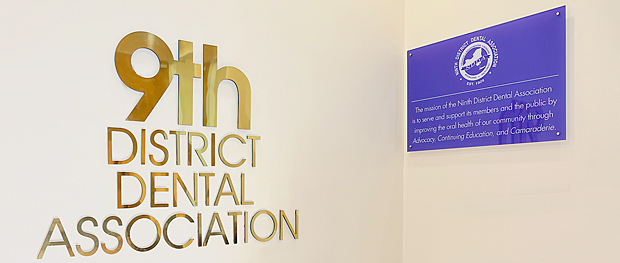


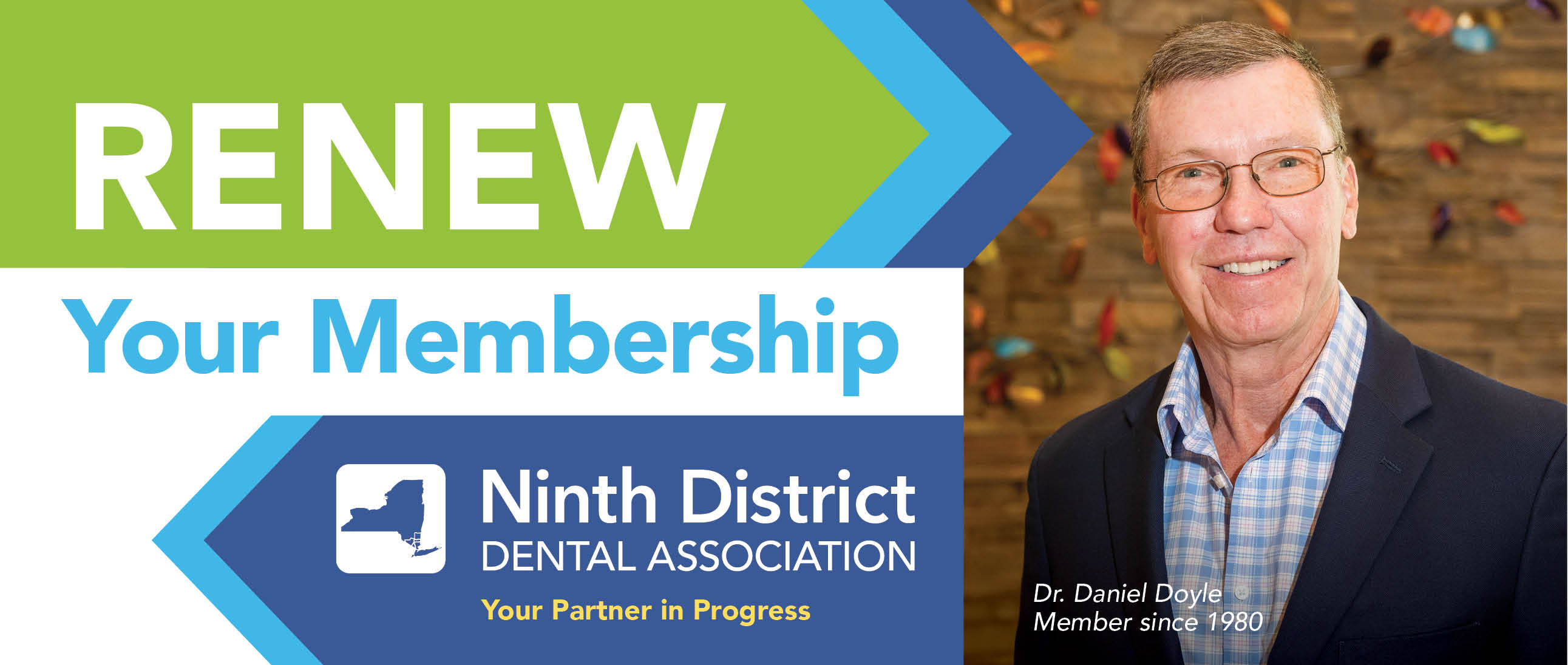





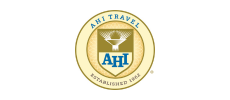
.png?sfvrsn=4447de7f_1)







